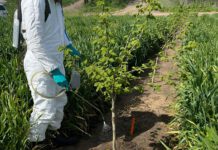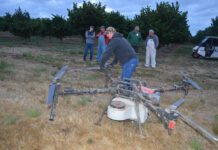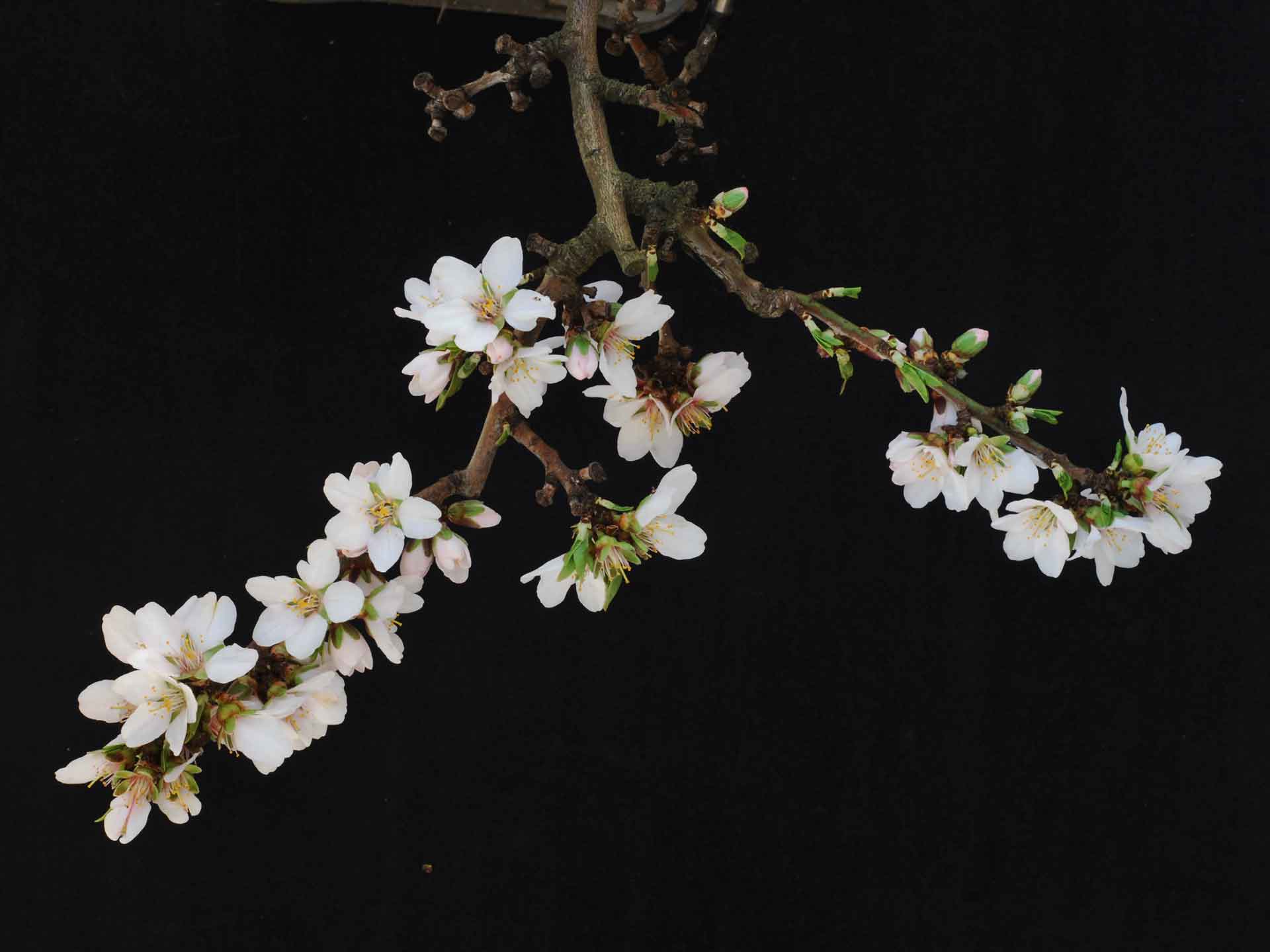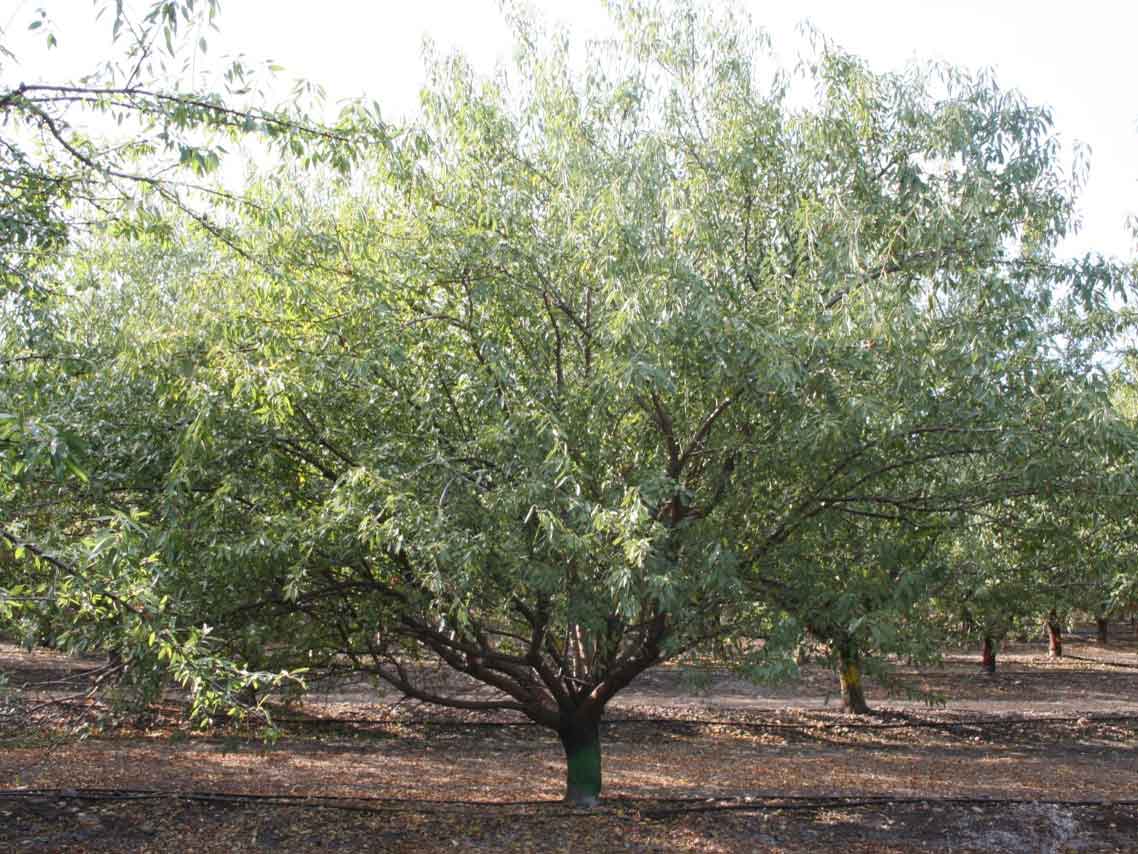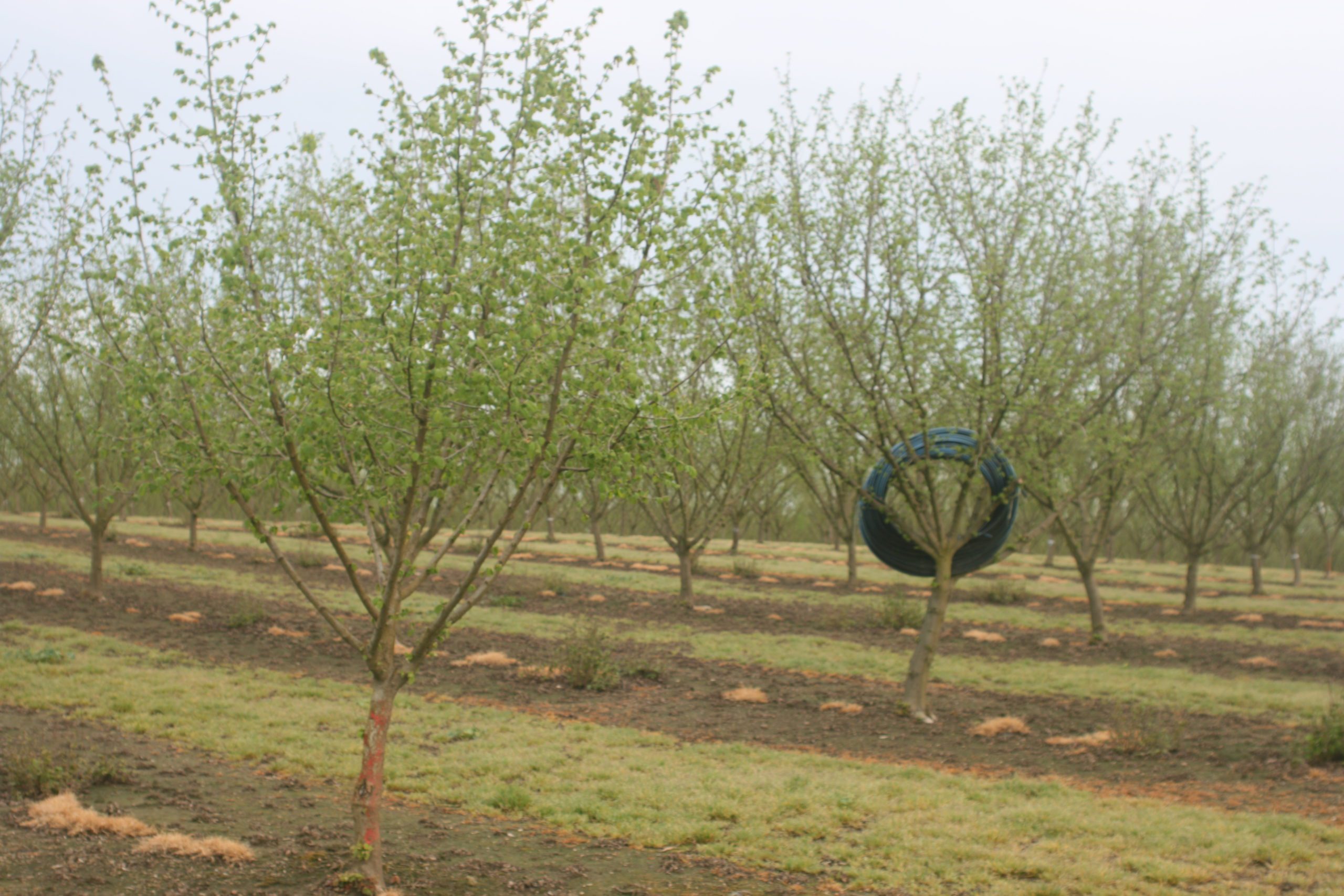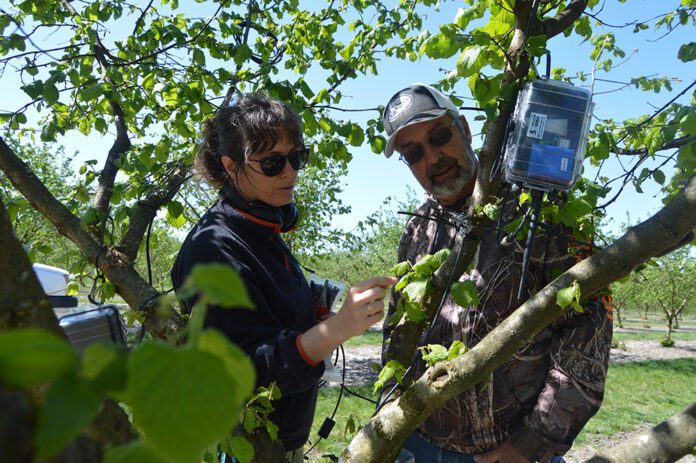
In a Nutshell: Listen to the Summary
Oregon State University researchers are finding that cover crops offer significant benefits to hazelnut operations.
Most notably, in one case, soil temperature in the top two inches of soil from an orchard under cover crops was 30 degrees lower than the soil temperature in a comparative orchard with bare soil.
“It was 95 degrees [F] out and the soil was 105 degrees [F] without cover crops, and then with cover crops, it was in the mid-70s,” said Chris Lessey, a graduate student in the Oregon State University (OSU) Crop and Soil Science Department, who led part of the project.
“It was pretty shocking,” he said.
The finding is significant because soil microbes generally shut down at temperatures above 95 degrees F, Lessey said, and hazelnuts are particularly sensitive to drought.
“Hazelnuts are super sensitive to drought stress, and photosynthesis starts to shut down after midday on a hot summer day,” said Nik Wiman, OSU Extension orchard crops specialist. “So the cooling effect of the cover crop has major implications for the photosynthetic activity and productivity of the orchard.”
Researchers have also found that water retention and water infiltration is improved markedly in orchard soils under cover crops, and that evapotranspiration is similar in orchards with cover crops than in those without.
The research started with a survey in 2022 where hazelnut growers were asked for their views of cover crops. To date, according to Lessey, only about 10% of Oregon hazelnut acreage is under cover crops, and much of that is on steep slopes where the crops are used for erosion control.
In the survey, growers stated they were concerned that cover crops would compete with hazelnuts for water and nutrients, particularly in dryland operations. They expressed concerns that cover crops would lead to an increase in pest pressure, particularly when it comes to moles and voles, pests that prefer the habitat offered by cover crops over bare soil. And growers said they were concerned that cover crops would reduce harvest efficiencies.
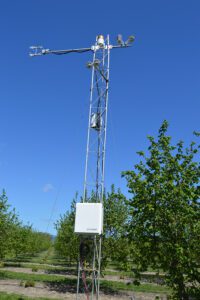
Initially Skeptical
Jeff Newton, farm manager for Christensen Farms in McMinnville, Ore., which is hosting some of the OSU research, said he, like many growers, was initially skeptical of cover crops.
“I was against them mainly because of the problems they caused,” he said. “With the older equipment, it was just too much of a bother trying to harvest and maintain the floor with a crop on it.”
Still, Christensen Farms began using cover crops for erosion control on some of the farm’s steeper slopes, which as it turns out was a slippery slope to more widespread usage. Newton estimates that today the farm is employing cover crops on probably 60% of its hazelnut acreage.
“We’re going more and more and more with cover crops, even on the flat land,” Newton said. “We’re learning a lot about the benefits of cover cropping in working with the OSU researchers on soil temperature, moisture retention, soil texture and all that. It’s amazing the difference it makes.”
Newton said the farm minimizes issues with water and nutrient competition by planting crops only in the alleys between the trees. And Newton pointed out that the poa annua cover crops that it uses die off late in summer and so aren’t generally competing with trees for water when the need is greatest.
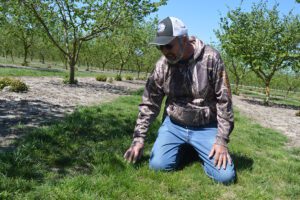
Survey Interests
In the 2022 survey, growers identified several plusses for cover crops, including a reduction in soil temperature, the crop’s ability to help with erosion and a reduction of dust at harvest, which can help growers deliver a cleaner nut to processors. On a sidenote, Wiman noted a study done in 2016-18 showed if using a green manure cover crop, a grower can also meet much of the nitrogen needs of an orchard.
Still, a concern over a loss of harvest efficiency seems to carry significant weight in grower decisions to forego using cover crops. Lessey noted that grower equipment is designed for use on bare soil, not cover crops, and research has shown yield losses are 5% to 10% greater when harvesting on cover crops than when harvesting on bare soil.
Lessey, however, said those losses could be significantly lower with proper crop selection and good management.
“I think that number [of 5% to 10% yield loss] could be reduced through cover crop choice, variety and management and figuring out which low biomass cover crops will work well,” he said.
Newton noted leveling the orchard floor prior to planting a cover crop can go a long way to minimizing losses at harvest. “If the floor is rough, yes you can lose a little bit at harvest,” Newton said. “But if you level it and keep the cover mowed regularly, you shouldn’t have any problems.”
Also, Newton said in some years, rather than losing yield at harvest, a grower can gain yield when harvesting off cover crops. “If you’re picking in mud and rain, the cover crop helps,” Newton said. “You can get out there better with the crop on there than you can in mud.
“So, yes you could lose some if you don’t have it flailed down tight and what not,” he said. “You could lose some crop in it. But you can also lose some crop without it on a muddy year.”
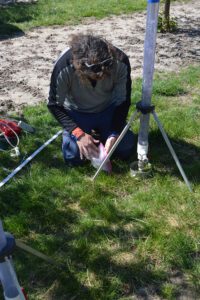
Learning Curve
At Christensen Farms, Newton said it has taken years to learn how to work with cover crops, but he feels it has been worth the effort. “You’ve got to learn how to deal with it and change your practices,” he said, “but it’s manageable. You can work with it, and then you have the benefits of all the microbes and soil biology and the water retention, water infiltration and cooler soil temperatures.”
Given the limited number of hazelnut acres in cover crops in the Willamette Valley, it appears evident most growers are reluctant to embrace the opportunities apparently available with cover cropping. Still, Lessey believes the attitude toward cover crops is changing.
“I’ve been going to a lot of hazelnut events over the past three years, and the first year I went, everyone pretty much told me I’m crazy that cover crops wouldn’t work in hazelnuts,” Lessey said. “This last season, people, even if they don’t necessarily want to implement cover crops, are interested. And they are seeing some of their neighbors try it and it seems like there is a positive shift toward more acceptance.”
Newton agreed. “I think industrywide it’s becoming a more accepted practice.”
Lessey noted he and others will be distributing a second survey on cover crops this summer. “We are going to ask some of the same questions we asked three years ago to see if perceptions have changed among growers,” he said. “I’m curious if in this survey we actually have some data to back up the perception that attitudes about cover crops are changing.”







